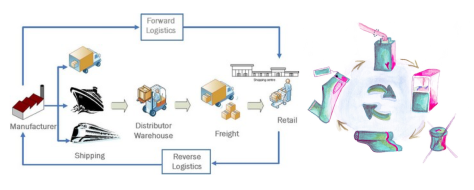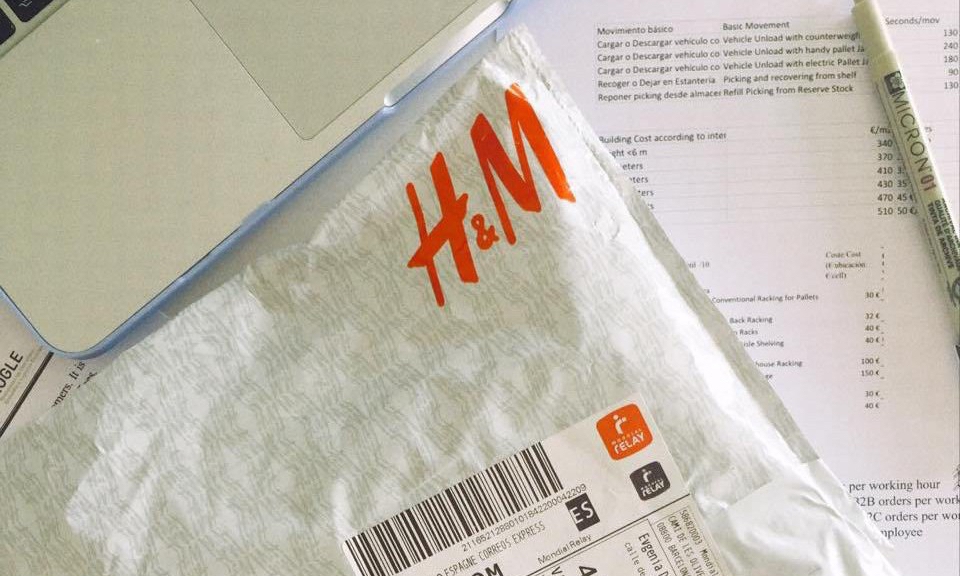Recently I’ve made an order in H&M, and thought about what to do with all cloths that I will not wear anymore, which are just stored and take up space in my closet. Today overconsumption is not just a threat to your personal budget, but the problem of an entire planet!
H&M is one of the few companies who uses reverse logistic for used cloths.
Reverse logistics is a strategy in supply chain management in which a company collects and reuses some part of their distributed good. Typically, a supply chain network creates a path for companies to reach consumers. However, in reverse logistics, companies create a new supply chain network that works backwards, and allows consumers to reach the company. Organizations that implement reverse logistics reduce their waste and environmental impact, are accessible to consumers, and improve overall corporate citizenship.
H&M accepts used clothing at all of their stores worldwide. The clothes can be any condition or brand, and H&M will use the clothing they’ve collected to create an all-recycled clothing line. This type of reverse logistics chain allows all types of consumers to get involved with the brand, even if they didn’t purchase their garment from H&M.
To understand how reverse logistics can add value, it is necessary to determine the two most important component of this process – marketing and logistics.
From the point of view of marketing effective reverse logistics works for the brand. Today, one tweet or post on social media could have huge positive or negative effects on a company. By being prepared and having already-established access points to consumers in the reverse logistics system, company will be able to keep consumers happy and let them feel that they do something good. Being an active, environmentally-friendly corporate citizen is also good for any brand and the planet.
In terms of logistics, returns are also extremely effective. Quickly delivered returned goods can be re-launched into the supply chain: either in their current state or after appropriate modification.
On the picture below you can see the reverse logistic process:

Nowadays, more and more companies launch reverse logistic, understanding the importance of the process. Since H&M launched garment collecting initiative in 2013, they have gathered more than 55,000 tonnes of garments to give them a new life – that’s more fabric than in 270 million t-shirts!
Sources: https://about.hm.com/en/sustainability/get-involved/recycle-your-clothes.html,
http://circulatenews.org/2016/06/why-corporations-will-have-to-invest-in-their-reverse-logistics/
